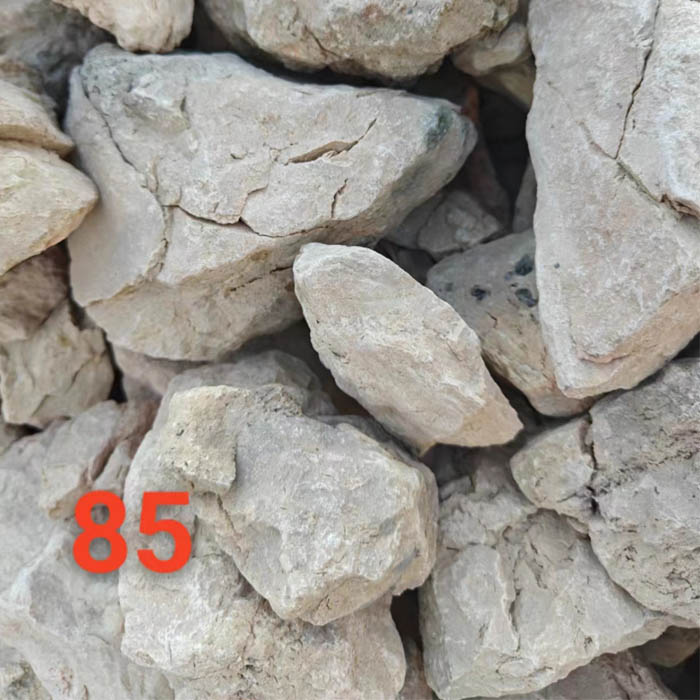dets. . 10, 2024 11:16 Back to list
dri steel making
The Role of DRI in Steel Making
Direct Reduced Iron (DRI) has emerged as a crucial component in the steel-making process, offering an eco-friendly and efficient alternative to traditional iron production methods. As the demand for steel consistently rises due to industrial growth and infrastructure development, the steelmaking industry is under pressure to adopt more sustainable practices. DRI addresses this challenge by providing a cleaner, more energy-efficient route for producing iron, which is essential for steel manufacturing.
What is Direct Reduced Iron?
Direct Reduced Iron is produced by reducing iron ore pellets or lump ore to iron using a reducing gas, which is primarily composed of hydrogen and carbon monoxide. This process takes place at temperatures lower than the melting point of iron, allowing for the extraction of iron from its ore without the need for smelting. The reduction process typically occurs in a furnace, where iron ore is exposed to the reducing gas in the presence of heat, leading to the formation of DRI.
Environmental Benefits
One of the most significant advantages of using DRI in steelmaking is its environmental benefits. Traditional methods of iron production, such as those that utilize blast furnaces, release large quantities of carbon dioxide (CO2) and other pollutants into the atmosphere. In contrast, the DRI process can significantly reduce CO2 emissions, especially when hydrogen is used as a reducing agent. This shift towards more sustainable practices aligns with global efforts to mitigate climate change and reduce the carbon footprint of industrial processes.
Another benefit of DRI is its adaptability to various types of feedstock. As the world's energy landscape evolves, the steel industry can use alternative energy sources in the DRI process, making it a versatile option. This flexibility allows producers to take advantage of local resources and to transition towards more sustainable and renewable energy sources.
dri steel making

Economic Efficiency
From an economic perspective, DRI production can be more cost-effective when compared to traditional steelmaking methods. The process requires less energy and is less capital-intensive than a blast furnace operation, which necessitates significant investments in equipment and infrastructure. Additionally, DRI can be produced using lower-grade iron ores, which can reduce dependence on higher-grade ores that are often more expensive and less abundant.
The efficiency of the DRI process also translates into higher-quality steel. DRI has a higher iron content than conventional methods, resulting in a purer product. This quality is crucial for industries that require high-grade steel, such as automotive, construction, and aerospace sectors.
Global Adoption and Future Outlook
The adoption of DRI in steelmaking is not limited to any specific region. Countries around the world, including India, Brazil, and the United States, are increasingly investing in DRI technology. As the steel industry faces mounting pressure to decarbonize, the demand for DRI is expected to grow significantly. The International Energy Agency (IEA) has emphasized the potential of DRI as a key technology in achieving global climate goals.
In conclusion, DRI represents a significant advancement in the steelmaking process, providing an environmentally friendly and economically viable alternative to traditional iron production methods. As the industry continues to evolve, DRI's role is likely to expand further, contributing to a more sustainable future for steel manufacturing. With ongoing research and investment in DRI technology, the potential benefits for both the economy and the environment are immense. The steel industry's transition towards cleaner practices is not only essential for reducing emissions but also for meeting the increasing demands of a growing global population and economy.
-
High-Purity Graphitized Petroleum Coke & Low Nitrogen Recarburiser
NewsAug.21,2025
-
High-Performance Fe-C Composite Pellets for BOF
NewsAug.19,2025
-
Tundish Dry Vibrator: Enhance Refractory Life & Casting Efficiency
NewsAug.18,2025
-
Building Material for Round Wall Exporters: Quality & Durable
NewsAug.17,2025
-
Low Nitrogen Graphitized Petroleum Coke | High Purity Recarburiser
NewsAug.16,2025
-
Premium First Bauxite Exporters & Suppliers Worldwide
NewsAug.15,2025
